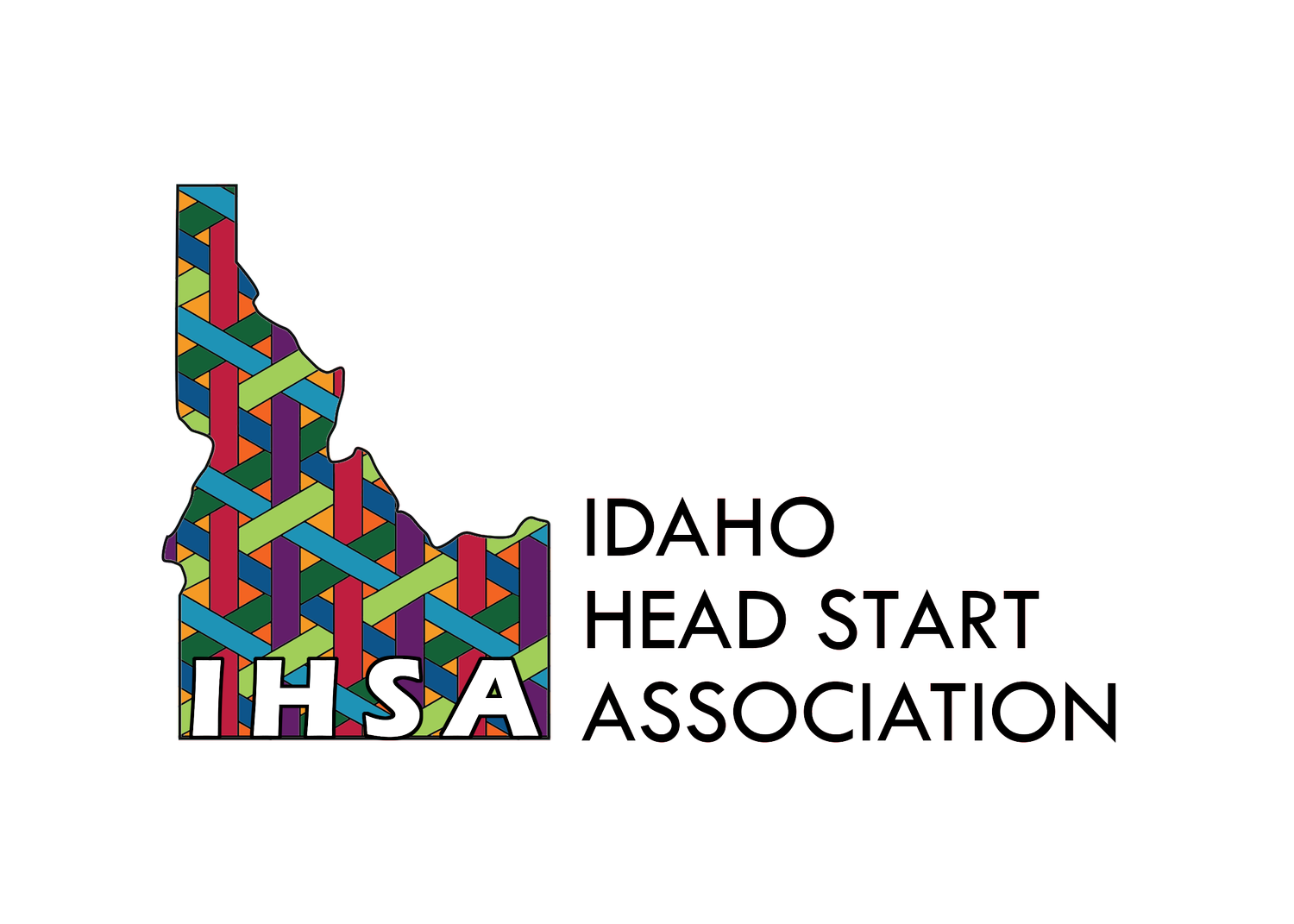Idaho Statesman, December 21, 2019
By Bill Foxcroft, Executive Director Idaho Head Start Association
Idaho’s poor literacy rates, as discussed in a recent Idaho Education News article by Kevin Richert, are alarming. Head Start is the nation’s most successful school readiness program, and Idaho’s Head Start programs are ready to help Gov. Brad Little improve Idaho’s literacy rates.
Head Start is an early education program for children from at-risk backgrounds. Head Start serves children during the critical learning years from birth to age 5. Head Start recognizes the critical role of parents and teaches parents how to support their children’s learning. Head Start also helps parents overcome the challenges of poverty that can stand in the way of their children’s success.
A mom from Meridian got help learning computer skills and applying for a higher paying job while her daughter received a hearing test that found a problem the doctor had missed. With tubes in her ears, the child quickly caught up with her peers. Head Start staff help parents improve their quality of life and catch many hearing, vision and learning problems early so children don’t enter kindergarten needing remedial help.
A dad from Boise attended Head Start parenting classes and learned that children learn better when fathers volunteer in the classroom and continue the learning at home. His daughter overcame shyness and found out that teachers are wonderful. Head Start teaches children and their parents how to be comfortable in the school setting reducing behavior problems and improving the important relationship between teachers and parents.
Idaho’s 13 Head Start programs serve 5,000 children from 146 Idaho communities, including Boise, Garden City, Kuna, Meridian, Caldwell, Nampa and Mountain Home. Children who enter Head Start in the fall at age 4 show significant improvement by the end of the school year and perform highly on school readiness assessments. Statewide, language and literacy scores in Head Start students improved by 40% from fall to spring, with 89% of the children proficient to enter kindergarten at grade level.
As Richert describes, the Idaho Reading Indicator measures the pre-reading skills kindergarteners should have at the start of the school year. The IRI fall scores show that only 42% of the students were proficient. The disparities are even more striking when looking at the IRI scores of economically disadvantaged youth. Only 26.5% were proficient. In comparison, their peers from Head Start were 89% proficient. This is astonishing data.
Research shows that early learning habits and outcomes largely predict later academic performance. Offering more of Idaho’s economically disadvantaged young children a Head Start experience will prepare them for future academic success.
Head Start’s federal funding is not enough to serve all the Idaho families that qualify. More than 2,000 kids are on Head Start waiting lists across the state. The Idaho Head Start Association urges lawmakers to make a $1 million state investment in Head Start to enroll 100 more children. This is a cost-effective step toward improving school readiness, literacy rates and future success.
